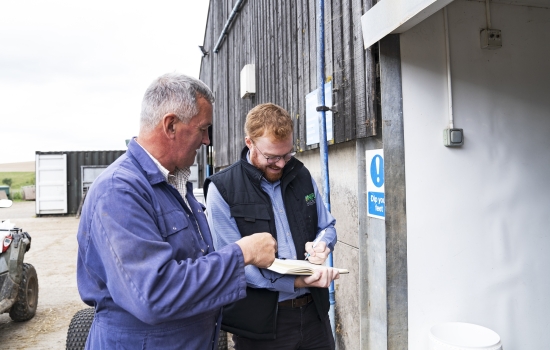Ever had a dripping tap? Most of us have. It annoys the hell out of you for a while and then you get it fixed - the annoyance goes away and, as a result of stopping the drip, you also end up saving money on your water bill.
Energy waste is not dissimilar, but unlike a dripping tap you can’t see or hear energy waste - it just continues relentlessly in the background and you only realise what you’ve wasted when the energy bill hits your desk. That’s the nature of energy. We see it as an inevitable background cost to a business. We pay the bills grudgingly, not sure of how they come to be as high as they are, or indeed if we can do anything to reduce them.
The truth is you can do something about your energy costs, saving thousands of pounds with very little effort. Here are a few clues on where to start. We call them the “Six Cs” of energy saving.
1. Cost
The first thing you can do is simply buy your energy cheaper. If you’ve been with the same energy supplier for more than a couple of years, chances are you’ll be paying too much, so shop around. Using a broker makes life simple and they can get good prices, but be sure to ask what commission they are taking, as this can be significant.
2. Control
The best way of cutting energy cost is not to use it at all. Sounds obvious, but bad control is top of the pile of all energy wasting causes. There are 168 hours in a week but for many businesses, occupation is probably only 50 hours. So, chances are that for more than 70% of the week, most of the energy you use is wasted. How many items of equipment are left on during these unoccupied hours? Computers, printers, lights, boilers – the list will be long. If you can’t be bothered to switch things off manually, then buy some 7-day digital timers and plug your IT and peripheral devices into these, setting main ‘off’ times to nights and weekend. You’ll get your money back very quickly.
The worst culprits are usually heating and lighting and for these there are lots of clever controls available now. Web based systems, for example, so you can monitor and control operations miles away from the office. Others use light level, or the proximity of people, to switch systems off when there’s no requirement for them. And these work when no one’s looking.
3. Containment
If you use energy, then contain it. Stop it from escaping and you’ll save. The main issues here are insulation and draft proofing to stop the loss of energy when heating and cooling. OK, it’s not exciting stuff like solar panels or wind turbines, but it’s simple, unsophisticated, reliable and very cost effective.
4. Consuming Equipment
The primary efficiency of energy consuming equipment is a main driver to cost. Good examples are:
- Boilers which, if based on an older design, might be operating at below 70% efficiency and could be replaced by equipment running at over 90% efficiency.
- Lighting, where a revolution is underway, replacing tungsten halogen and old style fluorescents with either LEDs or high frequency fluorescents, saving in some cases up to 80%.
- Refrigeration equipment, which has improved by over 40% in recent years.
5. Counting
Here we mean measuring and monitoring. How can you hope to save if you don’t know where the energy is going? Monitors that clip onto your meter and report to a simple desk display are a cheap useful reminder of your use. Plug-in meters or sophisticated web based reporting systems are also available.
6. Care
Caring about your energy use is fundamental and must extend to everyone in the business. It’s common for people to be passionate about their energy use at home, but completely careless about it in the workplace. So educate, encourage and give feedback on energy use. Also, maintain and care for your equipment – we find that boilers and refrigeration equipment are usually the most neglected.




